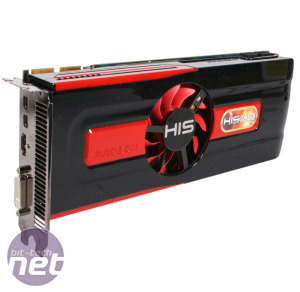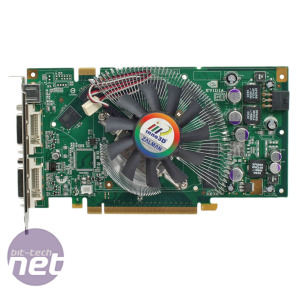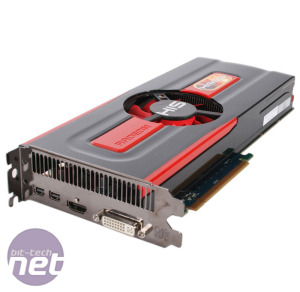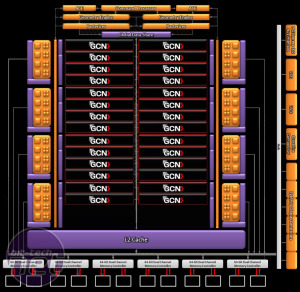
AMD Radeon HD 7950 3GB Review
Manufacturer: AMDUK Price (as reviewed): approx. £350 (inc VAT)
US Price (as reviewed): approx. $550 (ex. tax)
Well, we suppose there was only so long AMD and Nvidia could keep making graphics cards before they had to start recycling names, although we suspect AMD’s latest addition to its line-up, the Radon HD 7950 3GB, might just have the performance advantage over Nvidia’s six year old GeForce 7950 GT 512MB.
Jokes aside, the HD 7950 3GB is AMD’s second 28nm GPU to hit retailers, following the launch of the HD 7970 3GB on January 9th. We said in our original review of the HD 7970 3GB that its new Tahiti XT architecture, based around 64 separate compute units, was extremely well suited to incremental hardware scaling, and the HD 7950 3GB is the first taste of that.
Its GPU, code-named Tahiti Pro, has been understandably cut down considering the new card’s £350 price tag, but it’s hardly been a hack-and-slash job. AMD has simply disabled four of the card’s 64 compute units (AMD insists on called them GCNs, we don’t), thus reducing the GPU’s stream processor count from 2048 to 1792 and its texture unit count from 128 to 112.
And, architecturally at least, that’s the only difference. Based on the same 28nm production process and with the same 4.3 billion transistor count, the HD 7950 3GB retains all of its bigger sibling’s 32 ROPs, all six of its 64-bit dual channel memory controllers, and an un-touched dual front-end engine. The HD 7950 3GB is, as with all AMD’s 7-series GPUs, also equipped with a PCI-E 3.0 interface. Initially available with 3GB of GDDR5, even the card’s memory is the same as its more prestigious sibling, although a lower price HD 7950 1.5GB will arrive soon to offer a cheaper alternative for those less concerned with ultra-high resolution or multi-monitor gaming.
Of course, there’s more to the HD 7950 3GB than the 12.5 per cent drop in stream processor count. AMD has also reduced the card’s stock speeds to match. While the HD 7970 3GB ships with a core frequency of 925MHz, the HD 7950 3GB’s core clock speed is only 800MHz, a 13.5 per cent reduction. The memory frequency has also been reduced, from 1,375MHz (5.5GHz effective) to 1,250MHz (5GHz effective), a drop of nine per cent. We’re not too worried by the cuts though; we found the full-fat HD 7970 3GB to be roughly twenty per cent faster than Nvidia’s current fastest single GPU, the GTX 580 1.5GB, so a 12 per cent cut across the board should still see the HD 7950 3GB able to overhaul the GTX 580 1.5GB, and that’s before we get busy overclocking it.

MSI MPG Velox 100R Chassis Review
October 14 2021 | 15:04












Want to comment? Please log in.